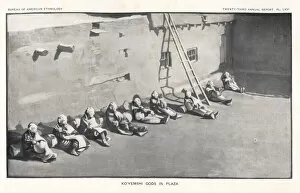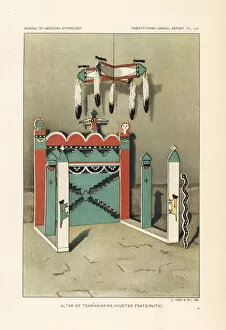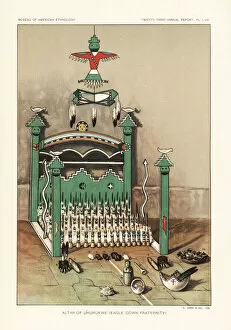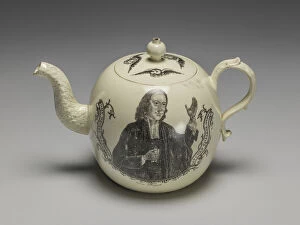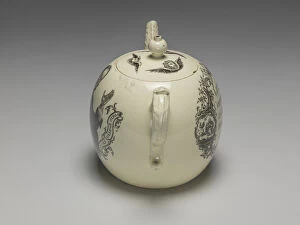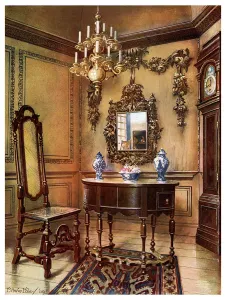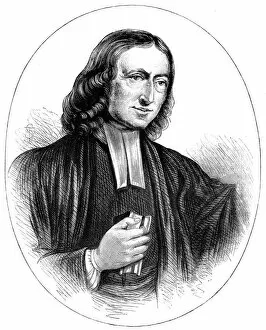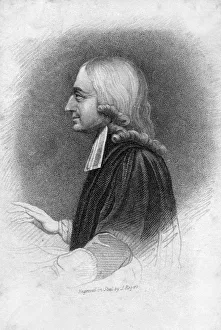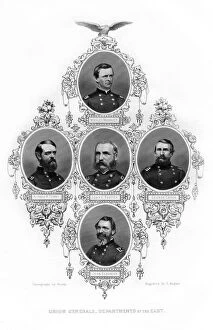Wesley Collection (page 2)
"John Wesley: The Influential Preacher and Founder of Methodism" Born in 1703, John Wesley was a prominent figure in the religious landscape of 18th century England
All Professionally Made to Order for Quick Shipping
"John Wesley: The Influential Preacher and Founder of Methodism" Born in 1703, John Wesley was a prominent figure in the religious landscape of 18th century England. As an Anglican cleric, he played a crucial role in founding the Methodist movement, which aimed to bring spiritual revival and social reform. Wesley's journey began with a miraculous escape from a fire that engulfed his father's rectory in Epworth, Lincolnshire. This event would shape his deep sense of purpose and commitment to spreading God's message. With unwavering determination, he embarked on a lifelong mission to transform lives through faith. Accompanied by his brother Charles Wesley, an esteemed preacher and hymn writer himself, John traveled extensively across Britain preaching sermons that resonated with people from all walks of life. His dynamic style captivated audiences as he passionately shared the gospel message. In Savannah, Georgia, USA, two churches and a synagogue stand as testaments to Wesley's impact on American soil. His teachings reached far beyond borders as he sought to inspire believers worldwide. Not only did John Wesley dedicate himself to spiritual matters but also showed interest in various fields like electrical experiments. He even received teapots as gifts for his contributions during his lifetime. As depicted in wood engravings from the 19th century onwards, one can witness John Wesley tirelessly preaching amidst crowds or finding solace along the serene banks of Colorado River during moments of rest. Ultimately passing away at age 87 in 1791, John Wesley left behind an enduring legacy that continues to shape Christianity today. His dedication towards social justice issues alongside theological teachings made him not just an influential theologian but also a compassionate advocate for change. The story of John Wesley serves as inspiration for those seeking spiritual enlightenment and societal transformation alike – reminding us that one person can ignite profound change when driven by faith and conviction.


